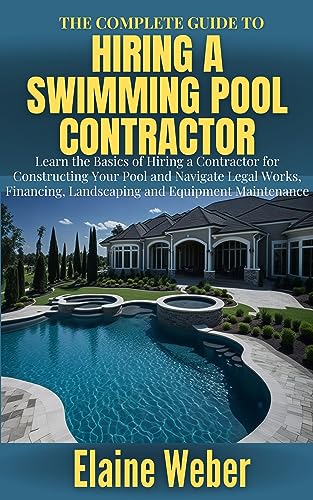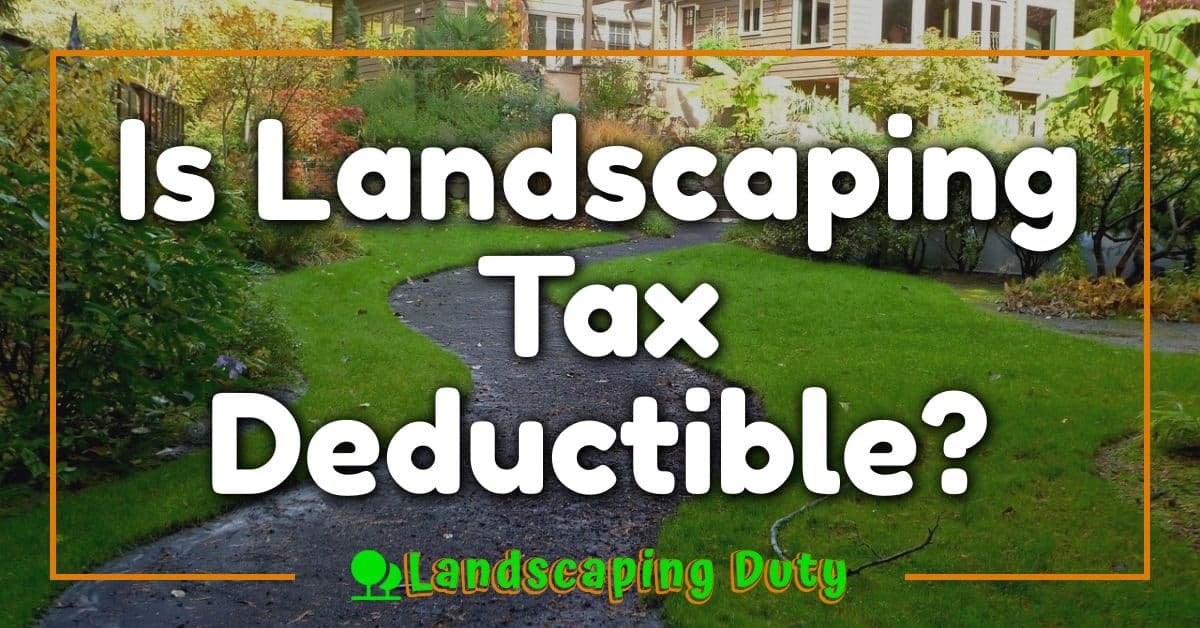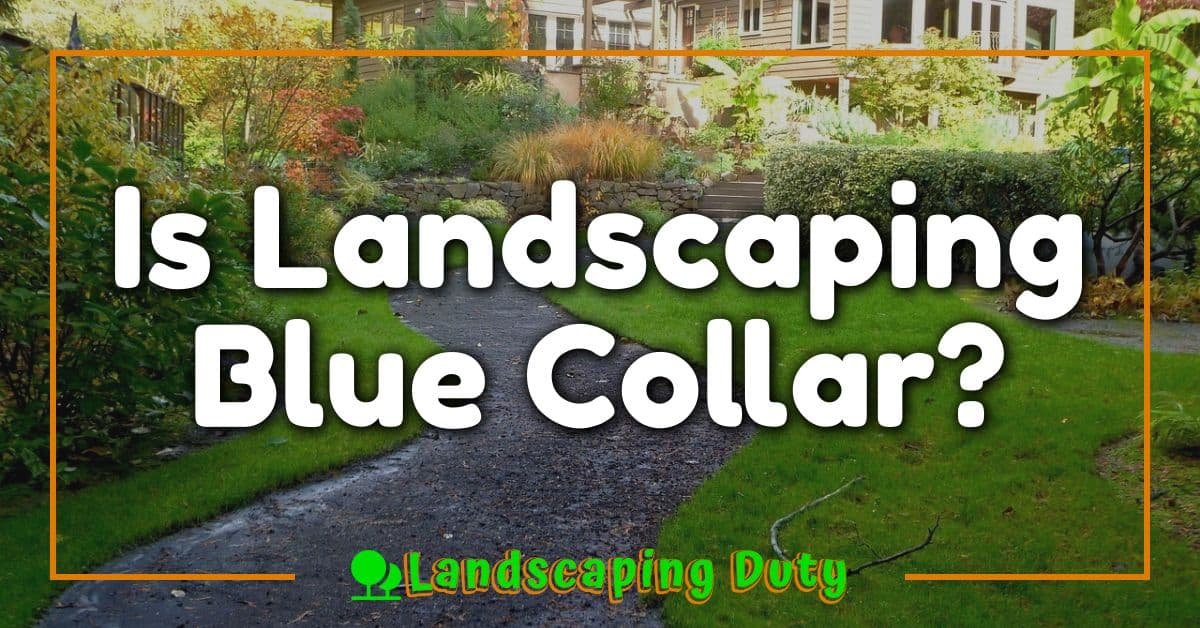I’ve always enjoyed transforming a plain yard into a vibrant outdoor space, but figuring out the costs can feel tricky. Estimating your landscaping project costs doesn’t have to be overwhelming. With a little planning, you can turn your vision into reality without surprising expenses.

In this article, I’ll walk you through the key factors that affect your landscaping budget. From choosing materials to understanding labor costs, knowing what to expect will help you make smart decisions. Let’s explore how you can create a beautiful landscape while keeping your finances in check.
Understanding Landscaping Project Costs
When estimating landscaping project costs, I focus on several key factors to ensure accuracy and stay within budget.
Material Selection
Choosing the right materials affects both cost and project longevity. For example:
- Pavers: Natural stone pavers cost between $15 and $25 per square foot, while concrete pavers range from $10 to $20.
- Mulch: Organic mulch averages $40 per cubic yard, whereas rubber mulch is around $60 per cubic yard.
- Plants: Mature trees can cost between $300 and $2,000 each, depending on species and size.
Labor Expenses
Labor costs vary based on project complexity and location. Typically:
- General Labor: $50 to $100 per hour.
- Specialized Services: Hardscape installation may range from $70 to $150 per hour.
- Design Services: Landscape architects charge between $100 and $200 per hour.
Equipment Rental
Renting equipment is necessary for larger projects. Common rentals include:
- Excavators: Approximately $200 per day.
- Compactors: Around $100 per day.
- Trenchers: About $150 per day.
Permits and Fees
Obtaining permits ensures compliance with local regulations. Costs include:
| Permit Type | Estimated Cost |
|---|---|
| Building Permit | $100 – $500 |
| Electrical Permit | $50 – $300 |
| Plumbing Permit | $75 – $400 |
Plant Selection and Maintenance
Choosing plants suited to your climate reduces long-term costs. Consider:
- Native Plants: Higher initial cost but lower maintenance.
- Exotic Plants: Lower upfront cost but may require more care.
Project Size and Scope
The overall size and scope directly influence costs. Larger projects require more materials and labor, increasing the total budget.
By analyzing these factors, I can accurately estimate landscaping project costs and make informed decisions to create a beautiful and functional outdoor space.
Factors Influencing Your Landscaping Budget
Understanding what affects your landscaping budget helps me estimate costs accurately. Here are the key factors to consider:
Project Size and Complexity
The size and complexity of your landscaping project directly influence costs. Larger areas require more materials and labor, while intricate designs with features like patios, water elements, or custom plant arrangements add to expenses. For example, a small garden update might cost around $3,000, whereas a full-scale landscape redesign can exceed $15,000.
Material Selection
Choosing the right materials impacts both aesthetics and your budget. Different materials vary in cost and durability:
| Material | Cost Range per Square Foot |
|---|---|
| Pavers | $10 – $25 |
| Mulch | $2 – $5 |
| Plants | $5 – $20 per plant |
| Gravel | $1 – $3 |
Selecting high-quality materials might increase upfront costs but can reduce long-term maintenance expenses.
Labor and Installation
Labor costs depend on the project’s scope and the complexity of installation. General labor rates range from $40 to $70 per hour, while specialized services, like irrigation system installation, can cost $100 per hour. Proper installation ensures the longevity of your landscaping features, making it a crucial investment.
Planning Your Landscaping Project
Effective planning keeps your landscaping project organized and cost-efficient.
Creating a Detailed Design
I begin by sketching a comprehensive layout that includes all desired elements. This involves selecting specific materials like pavers, determining mulch quantities, and choosing plant species. For example, specifying 200 square feet of flagstone pavers and 50 bags of premium mulch ensures accurate material estimates. Detailed designs also highlight essential features such as patios, walkways, and garden beds, facilitating precise labor and resource planning.
Setting a Realistic Budget
I create a realistic budget by breaking down all project expenses and allocating funds appropriately. Here’s an example of how I distribute the budget:
| Expense Category | Percentage of Total Budget |
|---|---|
| Materials | 50% |
| Labor | 30% |
| Permits & Equipment | 20% |
By assigning specific percentages to each category, I ensure that all aspects of the project are financially covered. Monitoring these allocations helps me stay within budget and make informed adjustments as needed.
« Enhancing Your Pool Area with Poolscape Design: Transform Your Backyard into a Paradise Spring Maintenance Tasks for Your Yard: Essential Tips for a Thriving Garden »
Breakdown of Landscaping Expenses
Understanding the different cost components helps me plan my landscaping project effectively. Here’s a detailed breakdown of the main expenses involved.
Planting and Greenery Costs
Plants, trees, and shrubs form the foundation of any landscape. I consider the cost per plant, which ranges from $10 for annual flowers to $100 for mature trees. For example, purchasing 20 shrubs at $15 each totals $300, while ten large trees at $80 each add up to $800. Additionally, mulch and soil enhancements might cost around $50 per cubic yard, contributing to the overall health of my garden.
Hardscaping Features
Hardscaping elements like patios, walkways, and retaining walls significantly impact expenses. A standard patio installation averages $15 per square foot, so a 200-square-foot area costs approximately $3,000. Similarly, installing a stone walkway might cost $10 per linear foot for a 100-foot path, totaling $1,000. Retaining walls using concrete blocks can range from $20 to $30 per square foot, depending on height and materials.
Irrigation and Lighting
Proper irrigation and lighting ensure the longevity and beauty of my landscape. Installing a drip irrigation system for a 1,000-square-foot garden typically costs around $1,200, while a sprinkler system might range from $1,500 to $2,500 based on complexity. Outdoor lighting solutions, such as LED fixtures, cost approximately $100 per light, including installation. For a project with ten lighting points, I budget around $1,000 to enhance visibility and aesthetics.
Tips for Estimating and Reducing Costs
Accurate cost estimation and effective cost-saving strategies help manage your landscaping budget efficiently. Implementing these tips ensures your project stays financially on track.
Obtaining Multiple Quotes
I obtain multiple quotes to secure competitive pricing and optimal value:
- Request Estimates: Contact at least three landscaping contractors for detailed quotes.
- Compare Breakdown: Evaluate costs for materials, labor, and additional services.
- Verify Credentials: Check licenses, reviews, and previous work to ensure reliability.
- Use a Comparison Table:
| Contractor | Material Cost | Labor Cost | Total Estimate | Notes |
|---|---|---|---|---|
| Contractor A | $5,000 | $3,000 | $8,000 | Experienced team |
| Contractor B | $4,500 | $3,200 | $7,700 | Positive reviews |
| Contractor C | $5,200 | $2,800 | $8,000 | Quick completion |
By analyzing multiple quotes, I identify the best value and potential savings.
DIY vs. Hiring Professionals
I evaluate the decision to DIY or hire professionals based on several factors:
- Skill Level: If I possess the necessary expertise, DIY can reduce costs; otherwise, professionals ensure quality.
- Time Investment: DIY projects may take longer, impacting overall timelines.
- Cost Comparison:
| Option | Upfront Cost | Long-term Savings |
|---|---|---|
| DIY | $3,000 | Potential maintenance costs |
| Hiring Professional | $7,000 | Lower maintenance expenses |
- Quality and Durability: Professionals deliver lasting results, minimizing future expenses.
Assessing these factors helps me choose the most cost-effective approach for my landscaping project.
Conclusion
Planning my landscaping costs turned out to be more manageable than I thought. By breaking down expenses and understanding each part, I felt confident making decisions that fit my budget. Comparing quotes and considering DIY options really helped me save without compromising quality.
Seeing my outdoor space take shape was incredibly rewarding. It’s amazing how thoughtful planning can lead to a beautiful and cost-effective landscape. I’m excited to enjoy my new garden and continue making smart choices for future projects.












